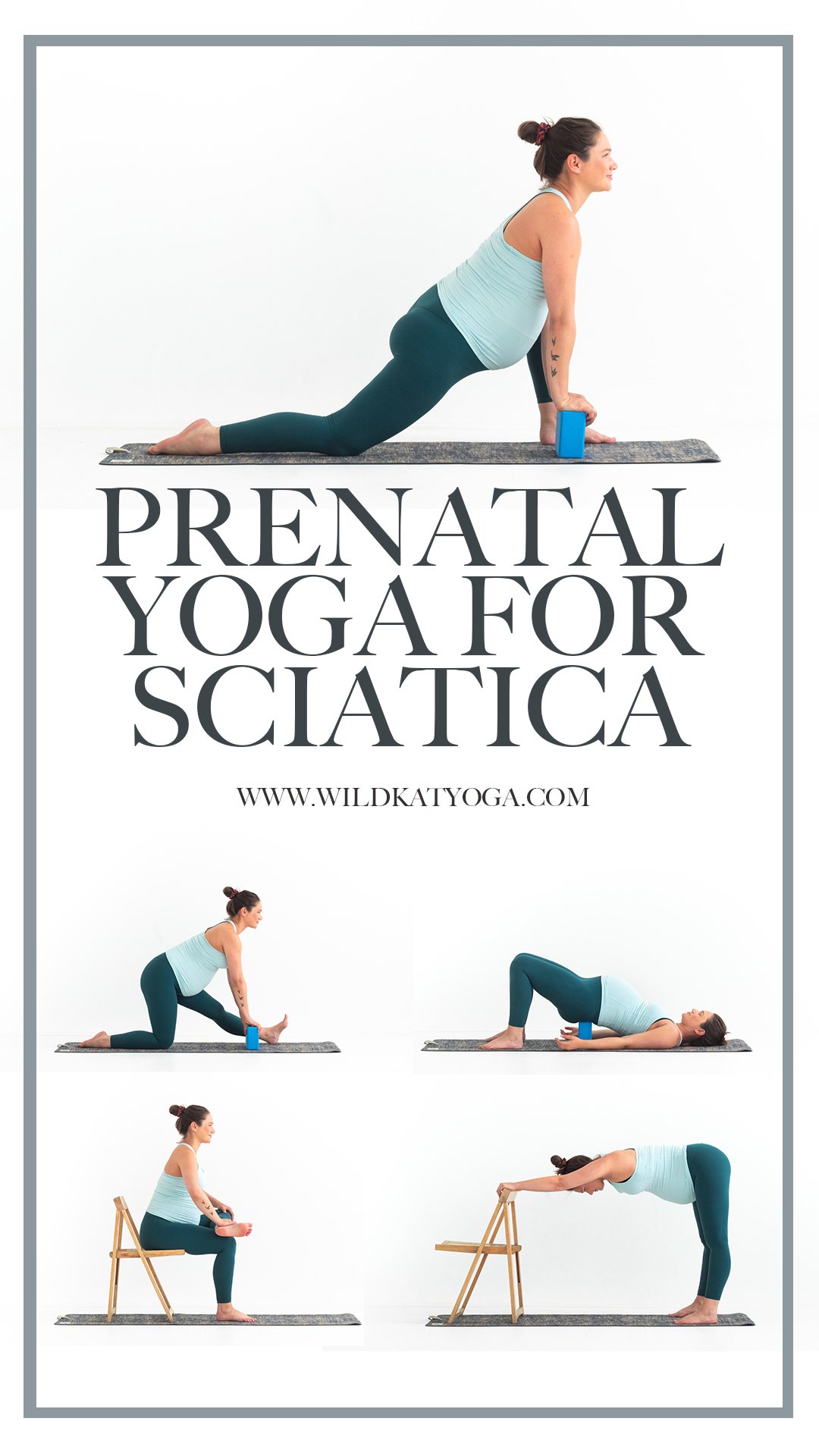What is Diastasis Recti & Diastasis Recti Exercises
Hey Mama, if you’ve landed on this post then you’ve recently welcomed an adorable bundle of joy into the world so, firstly, congratulations! And now you’re probably wondering how you can start to find your way back to the strength you experienced before you got pregnant. It’s a long journey, but you’ve taken the first step so well done.
This blog post contains affiliate links, which means that if you make a purchase through some of the links I provide I can earn a small commission at no cost to you. Thanks for your support!
SPOTLIGHT ON: MANDUKA YOGA
You can’t really beat feel-good activewear and new equipment to inspire you to start moving again. So before we dive in I’d like to take a moment to tell you about Manduka, who make the most beautiful, high quality yoga equipment and activewear. I especially love their Almost-Perfect Mats. These are mats with a bit of character that are available at a discount price, which means that not only do you save money, but you’re also saving a mat from landfill!
You can shop the full Manduka range (including sale items) and use my code WILDKATYOGA on checkout for a 10% discount.
Now, onto diastasis recti and some diastasis recti exercises. First off, what even in diastasis recti and how does it happen?
As the size your baby increases your body needs to make space for them to grow. So the rectus abdominus muscles (the “6-pack” muscles) separate to allow for that expansion. It’s a normal and very necessary (and very cool!) part of pregnancy. Diastasis recti is the gap that remains postpartum and it’s important because, even if you can’t see it (and more often than not you can’t) it compromises the integrity of the core and leaving a large gap unattended can lead to further issues down the road including back pain and pelvic floor dysfunction.
Image x Proliance Surgeons
Why does diastasis recti matter?
Every muscle in the body has a counter muscle. When the bicep flexes, the tricep extends, when the hamstring contracts, the quadricep extends and the muscles of the core are no different. A weakness or extension in the front of the core unit such as that caused by diastasis recti can cause opposing muscles to compensate; usually the lower back and pelvic floor muscles and if left unchecked this can turn into tension and pain and cause a multitude of issues further into the hips and pelvic floor. So, it’s really important that we take time, post-pregnancy to begin to heal the core.
Here’s a good video that explains how you can check for diastasis recti on yourself:
Diastasis recti exercises
We knit the 6-pack muscles together using an even deeper core muscle; the transverse abdominus (TVA), which wraps around the whole trunk of the body and is responsible for the stability of the entire core unit.
We’ll build up strength in the TVA and begin to heal the core in 3 steps:
The Breath: after a regular inhale, on the exhale draw the pelvic floor muscles up and draw the belly in and up starting from the base and eventually knitting the top of the ribs together. Then release on an inhale.
This may feel really difficult to start, as the mind and body have often experienced a disconnect after pregnancy. But persist, concentrate and you’ll find that connection once again. This is a REALLY important first step to take before you practice any more active exercises.
Deep core strength: pelvic tilts, bird-dogs, heels-slides and bridge pose will automatically engage the TVA without putting pressure on the gap between the rectus abdominus.
Further strength work: when you decide to return to the gym or to your yoga classes the foundational strength you’ve been building in steps one and two are going to be critical in maintaining integrity in your core as you get strong.
To be sure you’re engaging correctly, keep one hand on your belly to check for coning and remember to engage on the exhale before you move to manage it.
I offer entry level postpartum core rehabilitation as part of my Bump & Flow Prenatal Yoga Program, as well as access to the full Yoga for Beginners course so that you can learn and practice safely building strength after you’ve had your baby and then start moving again from a place of intention and understanding.
Advice for new mums
I really don’t want to add to the outrageous noise of the world that makes new mums feel like they are less-than if they don’t push themselves as hard as possible partpartum to get back into shape. It’s not healthy and frankly it’s not doable. Yes, consistency is key, but you must kind to yourself. Time and energy are more valuable and hard to come by now than ever before, so if you’ve had a hard night but scheduled a workout for 6am, cancel it! Don’t beat yourself about it. Just cancel it and rest; your body needs that just as much as it does a hard session at the gym.
Drop me any questions you have in the comments and I’ll do my best to answer them,
Kat x






























Step into Baros in the Maldives; a luxury resort just a short boat ride from Male. Here’s my Baros review!